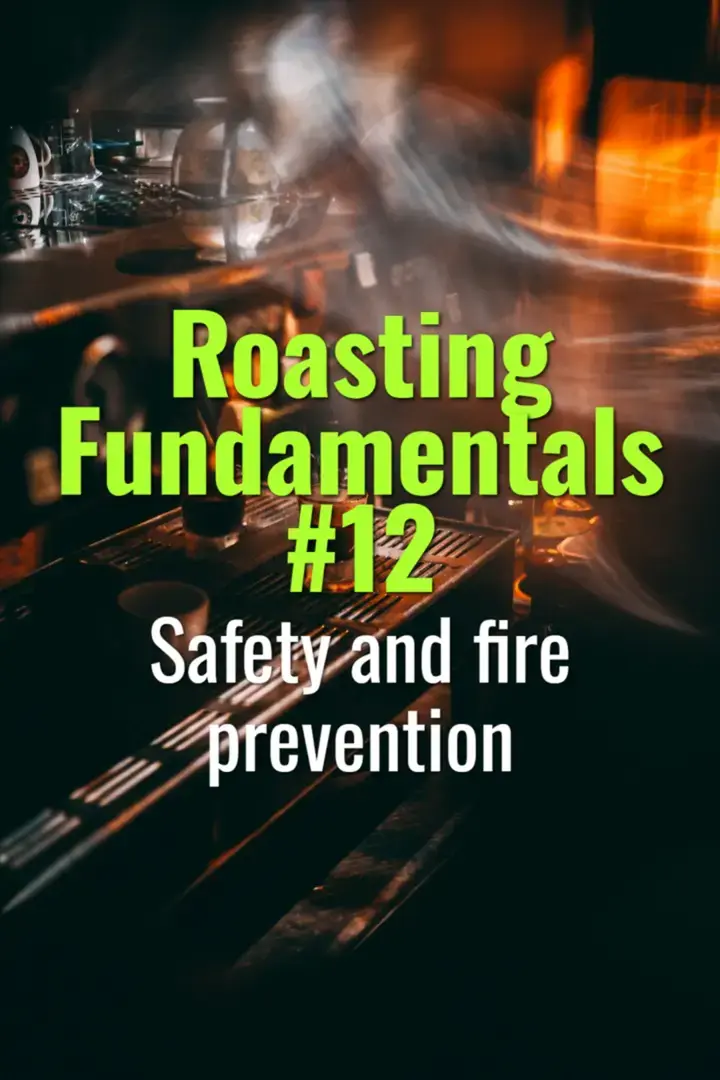Safety and fire prevention
This topic covers essential safety practices during coffee roasting, including fire prevention, emergency protocols, and proper equipment handling.
- Coffee Basics Nerds
- 1 min read

Key Concepts
-
Fire Risks:
-
Coffee roasting involves high temperatures (up to 230–250°C) and combustible chaff.
-
Overheating or blocked airflow can lead to flare-ups or fires.
-
Dark and oily beans are particularly prone to sudden combustion.
-
Equipment Safety:
-
Ensure roasting machines are well-maintained and clean.
-
Empty chaff collectors regularly to prevent accumulation.
-
Keep all flammable materials away from the roasting area.
-
Monitoring:
-
Never leave a roaster unattended during operation.
-
Watch for signs of smoke, unusual smells, or flame.
-
Use temperature probes and alarms if available.
-
Fire Prevention Measures:
-
Install a fire suppression system or keep a suitable fire extinguisher nearby.
-
Use heat-resistant gloves and safety glasses.
-
Train staff in emergency protocols and proper use of extinguishers.
-
Post-Roast Safety:
-
Allow roaster and beans to cool before handling.
-
Ensure electrical connections are turned off and heat sources are secured.
Practical Tips
- Maintain a clean roasting environment.
- Schedule routine safety inspections.
- Keep a clear, accessible evacuation route in the roasting area.
Summary
Safety and fire prevention are critical in coffee roasting. By understanding fire risks, monitoring equipment and beans, and implementing proper safety protocols, roasters can minimize hazards and protect both personnel and property.